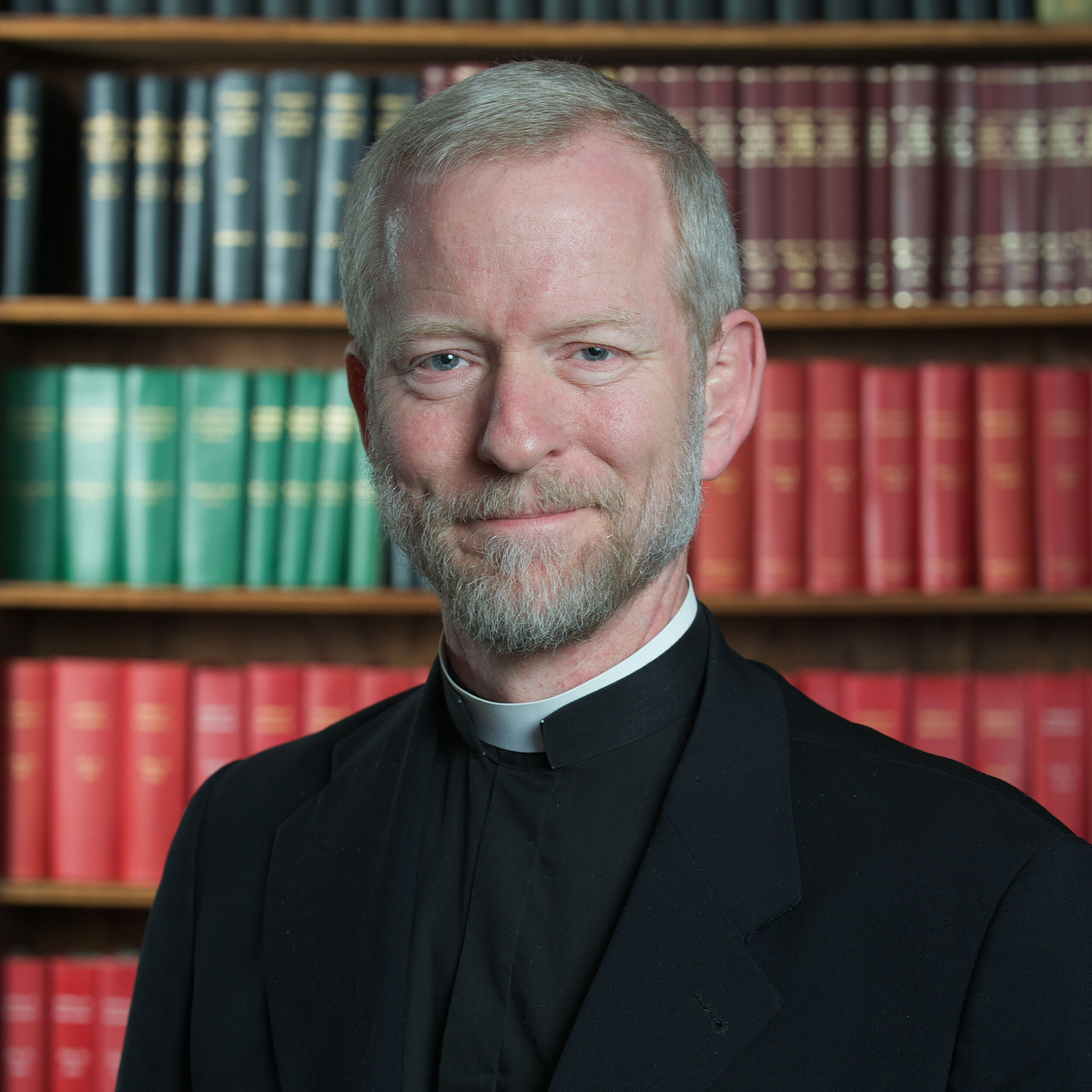Making Sense of Bioethics: Column 160: Sexual Orientation: Hope for Restoration and Healing with SOCE
Sexual Orientation Change Efforts (SOCE) rely on professional therapy and counseling, often in a religious context, to assist those struggling with unwanted homosexual inclinations who would like to diminish their same-sex attractions and grow in their ability to abstain from same-sex behaviors. Many proponents of same-sex lifestyles argue that Sexual Orientation Change Efforts are not only not effective, but also are harmful and unscientific, going so far as to advocate for legislation that would restrict a practitioner’s ability to offer SOCE. A sweeping bill recently tabled in California, for example, would have labeled any sexual orientation therapies offered for a fee as “consumer fraud.” Are such laws sensible or reprehensible? What do scientific studies indicate about attempts to change sexual orientation?
Peter Sprigg, Senior Fellow for Policy Studies at the Family Research Council in Washington, D.C., has provided a very helpful analysis of six studies published between 2000 and 2018 in a recent review article entitled, “Are Sexual Orientation Change Efforts (SOCE) Effective? Are They Harmful? What the Evidence Shows.” He concludes that SOCE “can be effective for some clients in bringing about significant change in some components of sexual orientation,” and that “few harms were reported.” Older reports from the literature, including 600 studies and five meta-analyses, support the same conclusions.
One of the six SOCE studies reviewed by Sprigg, “A Longitudinal Study of Attempted Religiously Mediated Sexual Orientation Change,” was published in the Journal of Sex and Marital Therapy in 2011. In this study, researchers Stanton Jones and Mark Yarhouse evaluated 61 men and women who opted to pursue religiously-mediated change efforts. At the end of the study, after tracking them through therapy for six years, they found that 53% of them self-categorized as some version of success, either as “Success: Conversion” (23%) or “Success: Chastity” (30%). That was more than twice the number (25%) who described the outcome as “Failure: Confused,” or “Failure: Gay Identity.”
Interestingly, the observed success rates in the study trended higher as the study continued. Between the third and sixth year, for example, the “Success: Conversion” results improved from 15 percent to 23 percent of the participants, while the “Success: Chastity” portion improved from 23 percent to 30 percent. In comment-ing on this phenomenon, Sprigg notes that “rather than relapsing into homosexuality after initial success in overcoming it, as SOCE critics claim, clients are more likely to achieve success the longer they persevere in the process.”
When participants reported “Success: Conversion” as an outcome, this did not indicate that all same-sex attraction went away, but that “a reduction in homosexual attraction and an increase in heterosexual attraction” had occurred. Similarly, “Success: Chastity” was defined as “stable behavioral chastity and a reduction in homosexual attraction,” which, in the words of the report, can “also be regarded as a successful outcome” by “conventionally religious persons.” As with most studies of this type, most participants reported some significant, but not complete, change.
This same research study by Jones and Yarhouse also assessed any reported “harms” from SOCE during the course of the change efforts. They evaluated psychological distress among the participants using a standardized checklist of symptoms, but the only statistically significant trends indicated “improving psychological symptoms” rather than harms to SOCE clients.
In his review of the literature, Sprigg examines the issue of SOCE “harms” from another angle as well, evaluating the methods and claims of a very influential paper by Ariel Shidlo and Michael Schroeder, two self-identified gay researchers whose work was sponsored by the National Lesbian and Gay Health Association and the National Gay and Lesbian Task Force (the latter being a political activist group).
Their paper, published in 2002, is one of the more widely-cited works asserting that clients who undergo SOCE may experience significant damage. Sprigg observes that the authors make no pretense of “being unbiased, nor of recruiting a representative sample of SOCE consumers.” Despite a scholarly veneer, their report offers almost entirely anecdotal reports of harm. It fails to offer compiled data, statistical evidence or data analysis and relies on a narrative approach and dubious claims regarding various harms and negative outcomes from SOCE.
The more robust and rigorous research studies reviewed by Sprigg, meanwhile, do not find notable harms to clients from SOCE, but, on the contrary, find very notable improvements both in the ability to resist homosexual behaviors and in their sense of sexual re-orientation.
Set within a broader religious and human framework, these statistically significant findings about SOCE from the field of psychotherapy help push back against the dogmatism of same-sex advocates and even of some professional medical societies. Such dogmatism ignores the best interests of clients by seeking to restrict the availability of important and potentially helpful therapies when everyone should instead be supporting access to ministries of healing and change for those desiring to restore psychological and spiritual wholeness in their lives.
Copyright © 2020, The National Catholic Bioethics Center, Philadelphia, PA. All rights reserved.

